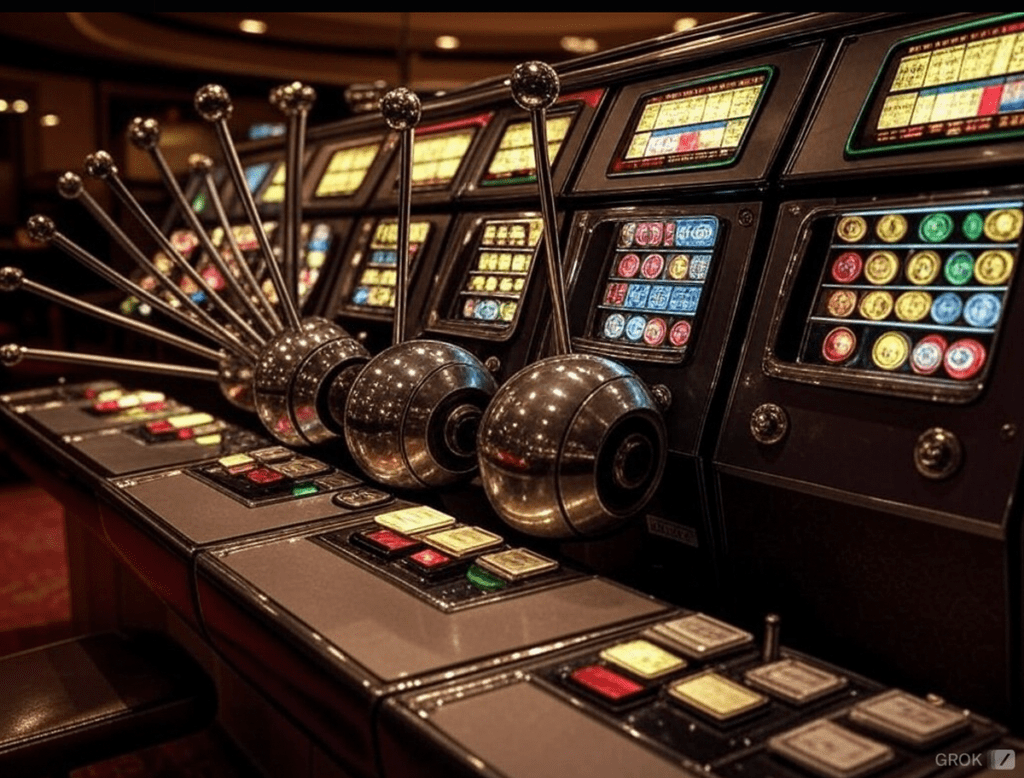Understanding the Exploitation-Exploration Trade-Off: A Practical Example
Imagine you’re a spy on a 120-day mission in a new city, faced with a delightful challenge: choosing where to dine each night from three enticing restaurants—Italian, Chinese, and Mexican. The dilemma? You want to maximize your dining satisfaction, but you don’t know which restaurant will best tickle your taste buds.
This scenario perfectly illustrates the multi-armed bandit (MAB) problem, a classic example of the exploitation-exploration trade-off that many face, whether in decision-making or strategic planning.
What is the Multi-Armed Bandit Problem?
The term "multi-armed bandit" originates from the environment of a gambler at a series of one-armed bandit slot machines. Each machine (or “arm”) offers different payouts, but you can’t know exactly how rewarding each one is until you try it. Your goal is to maximize your overall reward, balancing between two crucial strategies:
- Exploitation: Choosing the option that has previously given you the highest satisfaction.
- Exploration: Trying new options to discover potentials that may yield even greater satisfaction.
This trade-off is at the heart of the MAB problem, which is vital in various industries, from marketing strategies to AI algorithms.
Dining Dilemma: A Local Example
To delve deeper into our example, let’s break down the three restaurants:
- Italian Restaurant: Known for its flavorful pasta—your friend raves it has a 90% satisfaction rate.
- Chinese Restaurant: Famous for its dumplings—locals say you can’t go wrong here. Reports suggest a 70% satisfaction rate.
- Mexican Restaurant: Offers delicious tacos but has mixed reviews; the satisfaction score hovers around 60%.
Making the Choice
You start your mission by visiting the Italian restaurant. The meal is divine, and you leave with a fantastic score in mind. The next few nights, you routinely dine there, exploiting your initial success. Yet, as the days progress, you begin to wonder: what if the Chinese or Mexican restaurants could rival the Italian’s pleasure?
This is where exploration comes into play. After a week of pasta, you decide to shake things up and order takeout from the Chinese restaurant, driven by a recommendation. To your delight, it surpasses the Italian in satisfaction, leaving you curious about the Mexican food.
Strategies for Managing the Trade-Off
Here are a few strategies you could implement in your dining decision (or any profit-maximizing endeavor):
-
Epsilon-Greedy Strategy: With this approach, you’d exploit the Italian 90% of the time but explore new restaurants 10% of the time. This way, you gradually learn more about your options while still ensuring a majority of satisfying meals.
-
Upper Confidence Bound (UCB): Here, you’d not only base your decision on past satisfaction scores but also factor in uncertainty. Tackle the Mexican restaurant with a curious mindset, balancing potential high payout against your previous experiences.
- Thompson Sampling: This strategy involves probabilistic methods, where you would randomly choose a restaurant based on the likelihood of satisfaction based on your past experiences.
Conclusion
The MAB problem offers profound insights, not just for gambling strategies but also for everyday decision-making that involves risks and uncertainties, like choosing a restaurant during your travels. Our spy’s culinary adventure reflects real-life scenarios many face, where balancing the known against the unknown can yield remarkable rewards.
The AI Buzz Hub team is excited to see where these breakthroughs take us. Want to stay in the loop on all things AI? Subscribe to our newsletter or share this article with your fellow enthusiasts.




